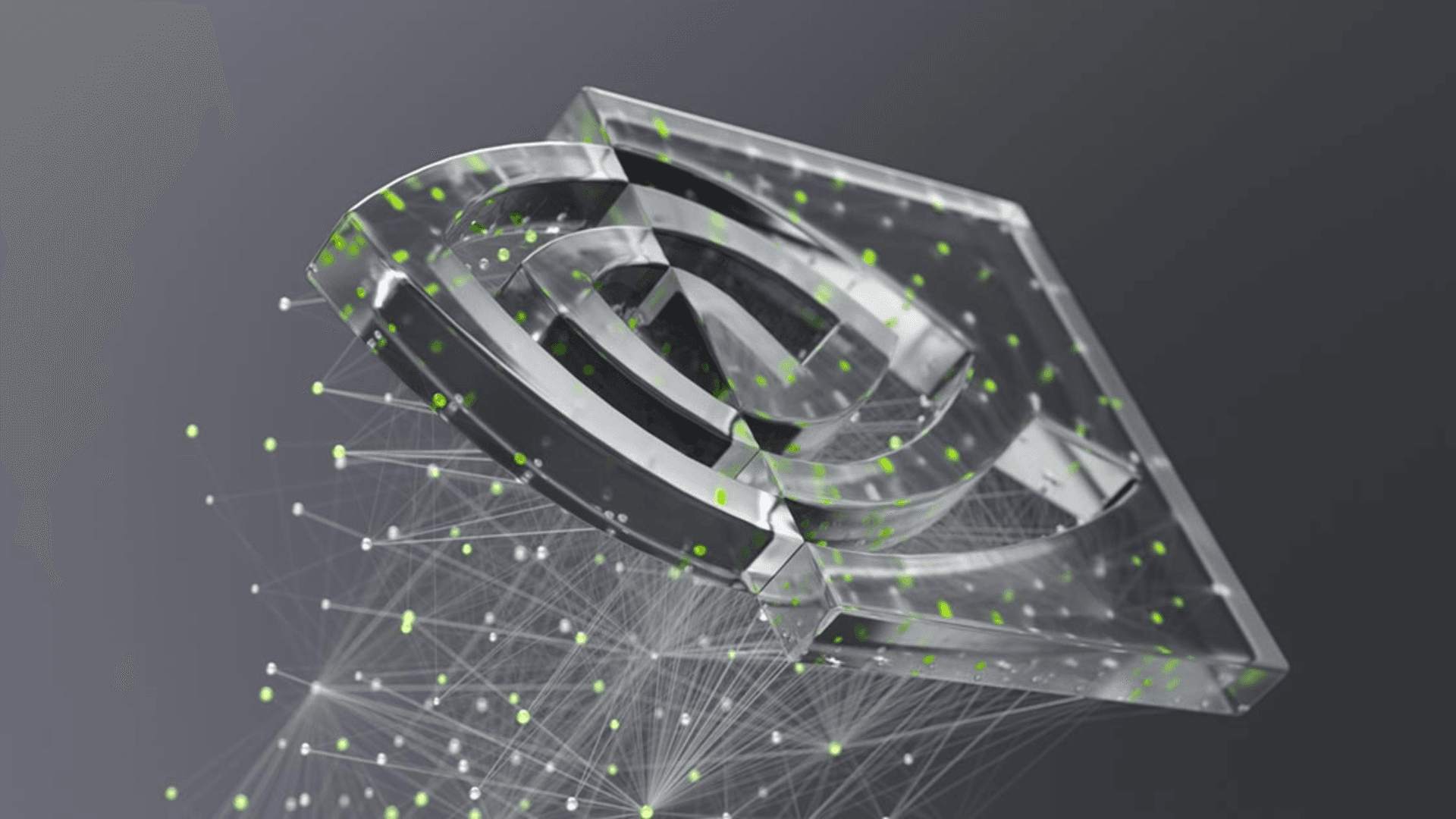business resources
From Text-to-Image to Real-Time Rendering: NVIDIA's Cutting-Edge AI Innovations Revealed
25 Jul 2023, 11:34 am GMT+1
New Generative AI models, inverse rendering tools, and neural physics models simulate complex 3D elements with astounding realism: NVIDIA's groundbreaking wave of AI research is set to revolutionise the world of computer graphics. The company is all geared up to showcase these cutting-edge innovations at SIGGRAPH 2023, the premier computer graphics conference scheduled from August 6th to 10th in Los Angeles.
With a significant rise in the number of advancements since the launch of ChatGPT, Artificial Intelligence (AI) is the new realm of innovation. From an estimated US$86.9 billion revenue in 2022, AI is projected to reach US$407 billion by 2027. Major corporations of the world including Google, Microsoft, Tesla, and many others are already in the 'gold rush' that Generative AI has created.
Renowned computer technology company, NVIDIA is making significant strides in the field of AI with a wave of cutting-edge research that promises to revolutionise the world of computer graphics. While the company keeps incorporating its latest innovations in its products like NVIDIA Omniverse platform and NVIDIA Picasso, it is also creating hyper-realistic games, like Cyberpunk 2077 Ray Tracing: Overdrive Mode, the world’s first path-traced AAA title.
Collaborating with over a dozen universities in the U.S., Europe, and Israel, NVIDIA is set to showcase around 20 research papers at SIGGRAPH 2023, the premier computer graphics conference in Los Angeles from August 6 to 10.
NVIDIA's recent advancements in AI

NVIDIA is creating customised text-to-image models, in collaboration with Tel Aviv University, that can transform simple prompts into an array of personalised visuals. These models can find a plethora of applications in fields like film, video games, and virtual worlds, allowing creators to unleash their imagination with hyper-realistic visualisations.
Advances in inverse rendering and character creation have also been a focal point for NVIDIA's AI research. The company has successfully automated the transformation of 2D images and videos into photorealistic 3D representations. Notably, a major breakthrough in collaboration with Stanford University is the generation and rendering of photorealistic 3D head-and-shoulders models based on single 2D portraits. This AI-driven technology makes 3D avatar creation and video conferencing accessible with real-time processing, thereby revolutionising the way we interact in virtual environments.
NVIDIA: Leveraging AI to achieve hyper-realism
The neural physics techniques that NVIDIA has employed have successfully simulated tens of thousands of hairs in high resolution and real time, significantly enhancing the quality and performance of hair grooming. This advancement has practical implications for animators and creators, providing them with efficient tools to bring life-like details to virtual characters.
The neural rendering innovations by the company have delivered film-quality, photorealistic visuals in real time for video games and digital twins. By integrating AI models within NVIDIA's real-time graphics pipelines, these neural rendering techniques deliver up to 16x more texture detail without consuming additional GPU memory and shading the end product 10x faster. The resulting level of realism is evident in the precise representation of textures, materials, and volumes, enabling a truly immersive visual experience.
NVIDIA: Presenting at SIGGRAPH 2023
The year's most important computer graphics conference, SIGGRAPH 2023, is to be held from Aug 6 to Aug 10 in Los Angeles. Since the first conference in Boulder, Colorado, in 1974, SIGGRAPH has been a global level platform where global establishments like research organisations and corporations have been showcasing their research work that defines the future of technology.
The research advancements at the 50th edition of SIGGRAPH aims to help developers and enterprises rapidly generate synthetic data to populate virtual worlds for robotics and autonomous vehicle training.
As NVIDIA presents its comprehensive research lineup at SIGGRAPH 2023, the industry eagerly awaits the potential applications of these breakthroughs in fields like robotics, autonomous vehicle training, art, architecture, game development, and film.
Read More:
Share this
Hernaldo Turrillo
Contributor
Hernaldo Turrillo is a writer and author specialised in innovation, AI, DLT, SMEs, trading, investing and new trends in technology and business. He has been working for ztudium group since 2017. He is the editor of openbusinesscouncil.org, tradersdna.com, hedgethink.com, and writes regularly for intelligenthq.com, socialmediacouncil.eu. Hernaldo was born in Spain and finally settled in London, United Kingdom, after a few years of personal growth. Hernaldo finished his Journalism bachelor degree in the University of Seville, Spain, and began working as reporter in the newspaper, Europa Sur, writing about Politics and Society. He also worked as community manager and marketing advisor in Los Barrios, Spain. Innovation, technology, politics and economy are his main interests, with special focus on new trends and ethical projects. He enjoys finding himself getting lost in words, explaining what he understands from the world and helping others. Besides a journalist, he is also a thinker and proactive in digital transformation strategies. Knowledge and ideas have no limits.
previous
Market Views Podcast E11: Hilton Supra, Peter Kristensen And Adam Hill Explore ALPHAtrade Opportunities
next
How Venue Management Software Boosts Efficiency